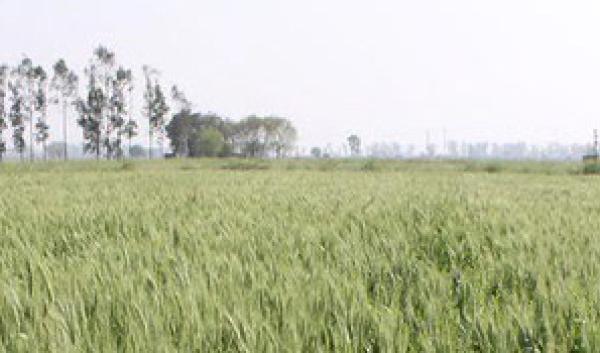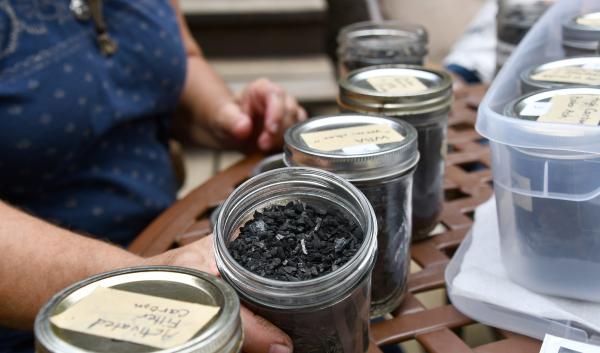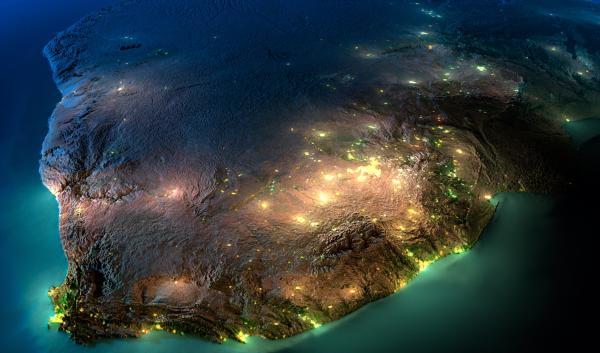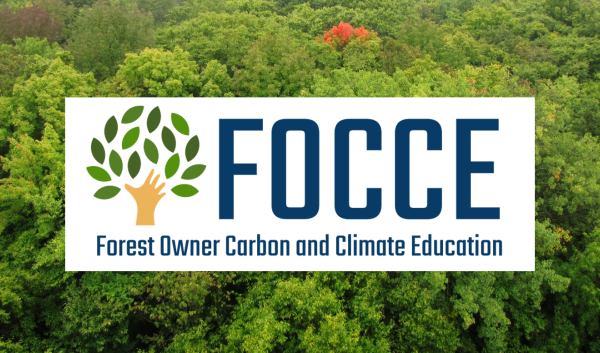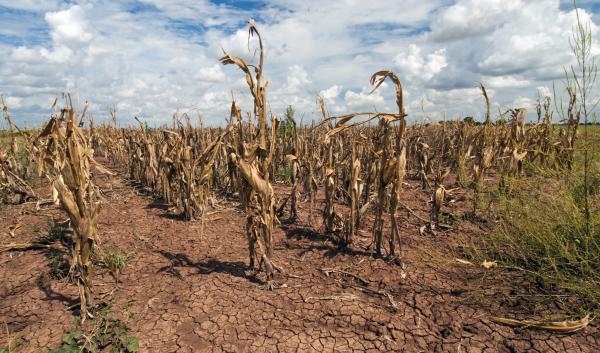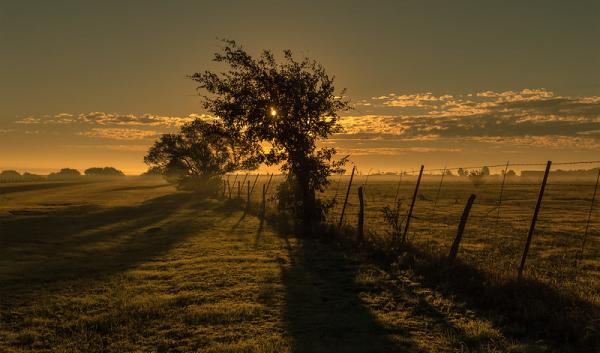Carbon & Greenhouse Gases

Carbon is one of the most important elements found on Earth. The carbon cycle supports all life by transferring carbon between living things and the environment. Plants take up carbon dioxide (CO2) and release oxygen (O2) during photosynthesis, which transfers carbon to their stems, roots, and leaves as they grow. When leaves fall and decompose or when plants die, the carbon that was stored in plants is released through respiration or combustion and transferred back to the atmosphere or to the soil.
Global concentrations of the most important long-lived greenhouse gases (GHG) in the atmosphere have increased measurably since the onset of the Industrial Revolution in 1750. Agriculture and forestry practices may either contribute to or remove GHGs from the atmosphere. Agriculture and forestry have contributed to GHGs in the atmosphere through cultivation and fertilization of soils, production of ruminant livestock, management of livestock manure, land use conversions, and fuel consumption.
Climate change is already having an impact on ecosystems across the world, and many of these changes are expected to continue or accelerate in the future. Opportunities to mitigate atmospheric greenhouse gas emissions is driving interest in managing carbon within ecosystems, highlighting the important role forests and grasslands play in sequestering CO2 and providing a source of renewable energy. At the same time, changes in the Earth’s climate system are altering forests in dramatic ways, which can also have consequences for the emission of carbon and other greenhouse gases.


